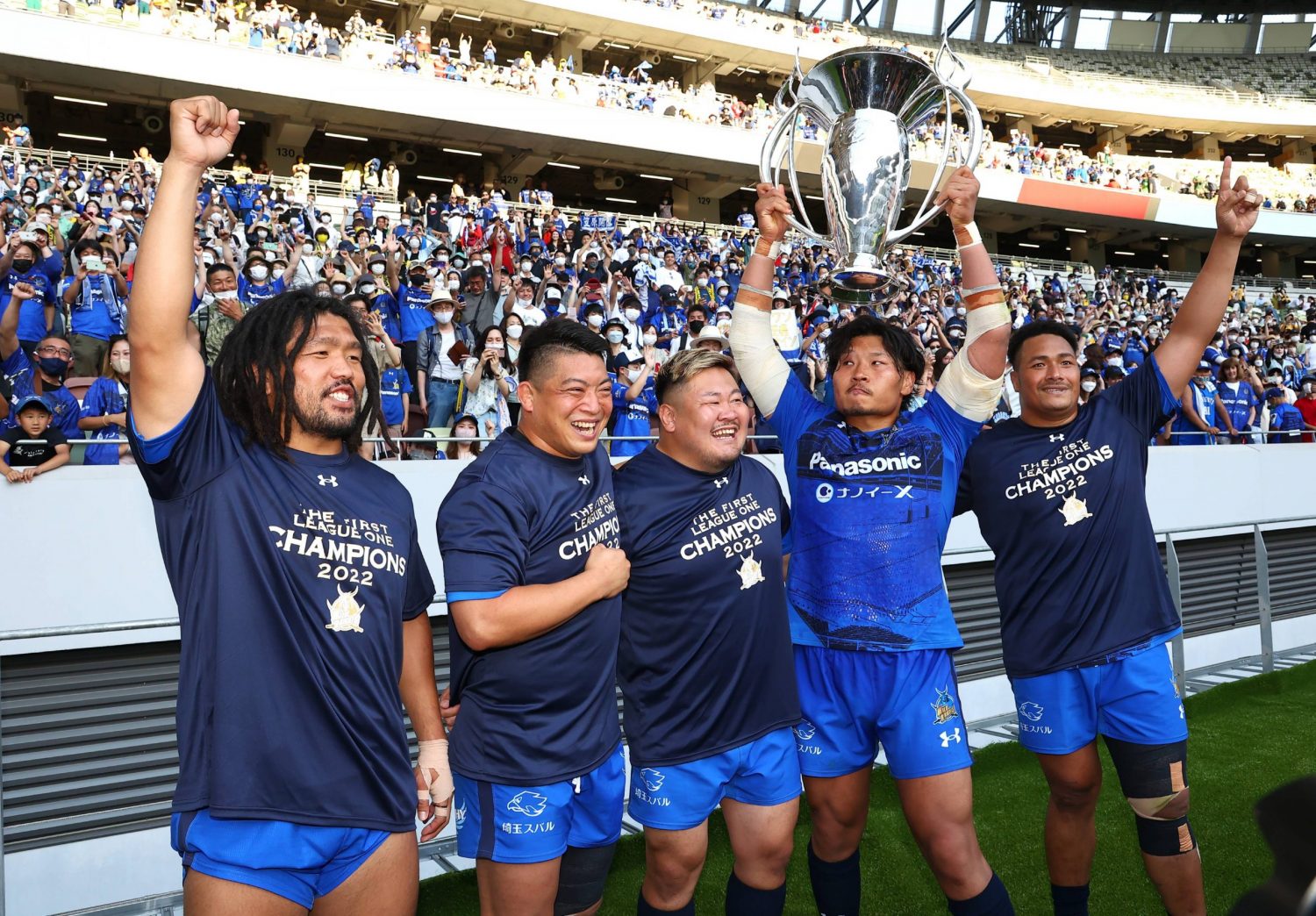
Japan Rugby League One, a new professional Japanese rugby league, closed its first season on May 29. The Saitama Panasonic Wild Knights won the league’s inaugural title by beating Tokyo Suntory Sungoliath 18-12 in the final.
These were the same two opponents who fought in the final match of the Top League, which ended with the 2021 season. Saitama has thus made a favorable impression as the strongest team in the new league.
There were both heated battles and good games played on the pitch in the 2021 season, the year before the launch of the new league. However, some causes for concern were also exposed with the disbanding of two rugby clubs and restructuring of the training regimes of two others.
League One executive director Hajime Shoji, who participated in the League One Awards ceremony held the day after the 2022 season finals, reflected on the achievements and challenges of the first season.
“One of the results was an increase in the players’ competitiveness,” he reflected, “and I think we were able to present a new image of rugby to the Japanese audience.
“The clubs took the initiative in staging performances that were not limited to the games and were enjoyed by the fans,” Shoji noted. “I believe that we were also able to collaborate with our partners at both the club and league levels.”
Transforming Into a Professional League
There were two major reasons for daring to transform the Top League, established in 2003, into a new league. One was to improve the competitiveness of the domestic league, boosting the strength of the Japanese national team. The other was to promote the professionalization of the Japanese style of corporate-sponsored sports, thereby increasing their independence and business potential.
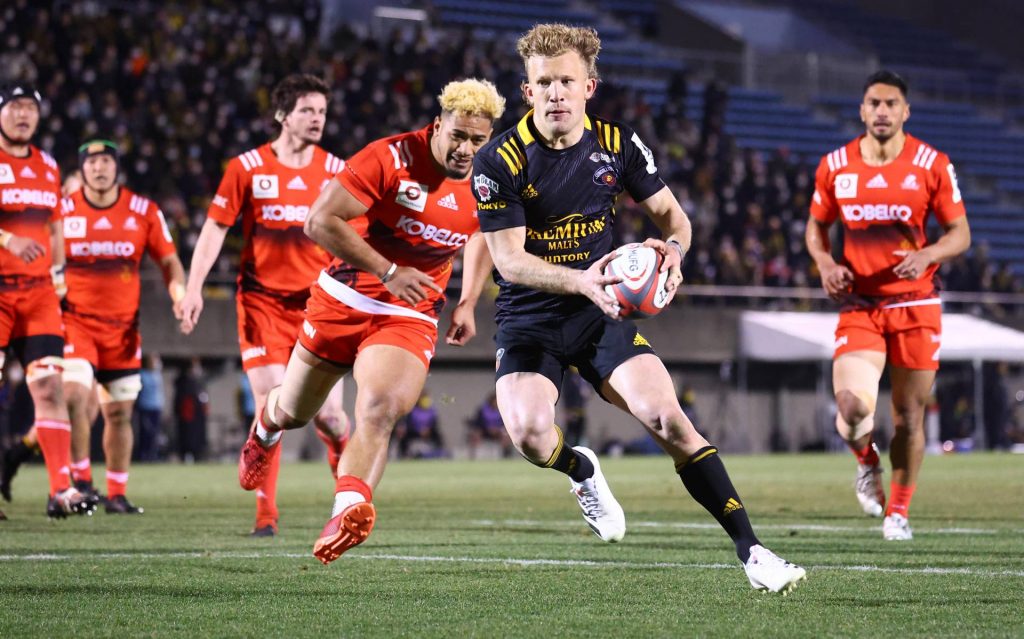
Looking at the strengthening aspect, many of the world's best players, such as fullback Damian McKenzie (Tokyo Suntory Sungoliath) and flanker Pieter-Steph du Toit (Toyota Verblitz), have joined the league.
Aiming to improve the competitiveness of Japanese players, the new league emphasizes the opportunity to play on the same pitch as top-class foreign players and establishes a quota for players from abroad. In addition to the players, world-class coaches such as Robbie Deans (Wild Knights) and Frans Ludeke (Kubota Spears Funabashi Tokyo Bay) are helping the teams and the league mature.
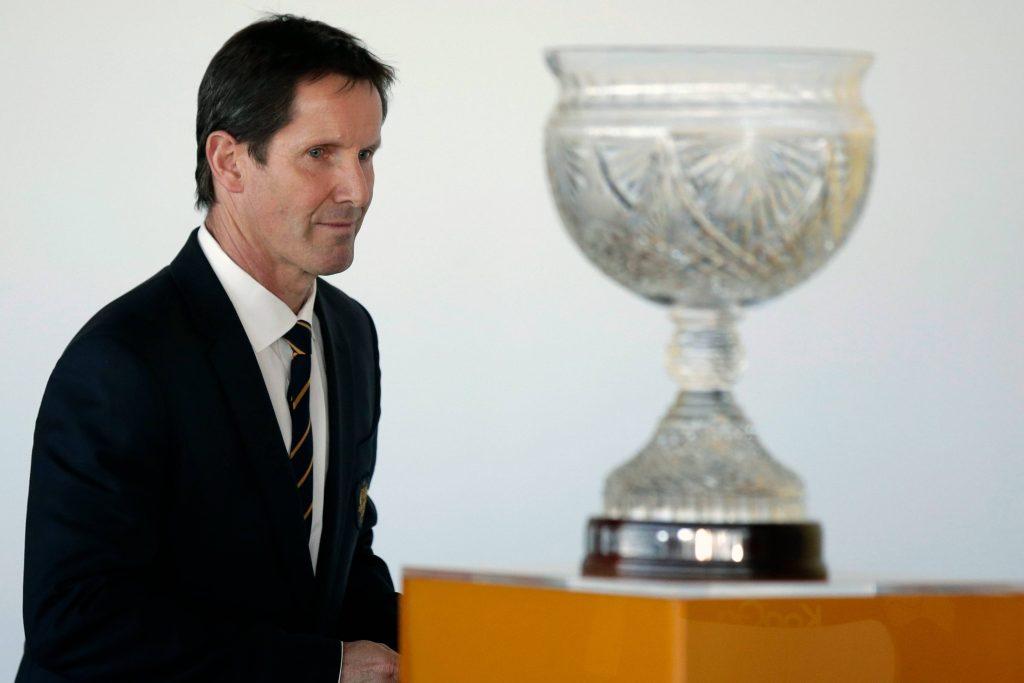
The Challenge of Growing the Crowds
On the other hand, the league has been left with some homework for next season in terms of attracting crowds, which will be a major challenge to its professionalization.
The league's total number of spectators this season was 484,047, with an average of 3,227 per game. The small numbers were largely due to infection prevention restrictions limiting the audience to 50% of full capacity and 5,000 or less due to the COVID-19 pandemic.
Even in Division 1, which consists of 12 teams that are both strong and popular, the total attendance was only 328,617, with an average of 4,213 per match.
“I think it will take a lot of time to break away from our traditional dependence on the parent company for operational expenses,” said a member of the management staff of one of the teams. “Realistically, I don’t think there is any chance that the team will be able to transition to a professional team in three or four years' time.”
Baseball’s NPB and soccer’s J.League are well-established pro sports leagues in Japan. But they also struggled with low attendance figures in the pandemic-impacted 2021 season, averaging 9,100 and 6,661 spectators per game, respectively.
However, in 2019, before the pandemic, the J.League drew crowds of 20,000 and NPB attracted more than 30,000 fans to their games. In Japan, rugby has faced difficulties compared to baseball and soccer, with fewer games and more players owned by corporate teams.
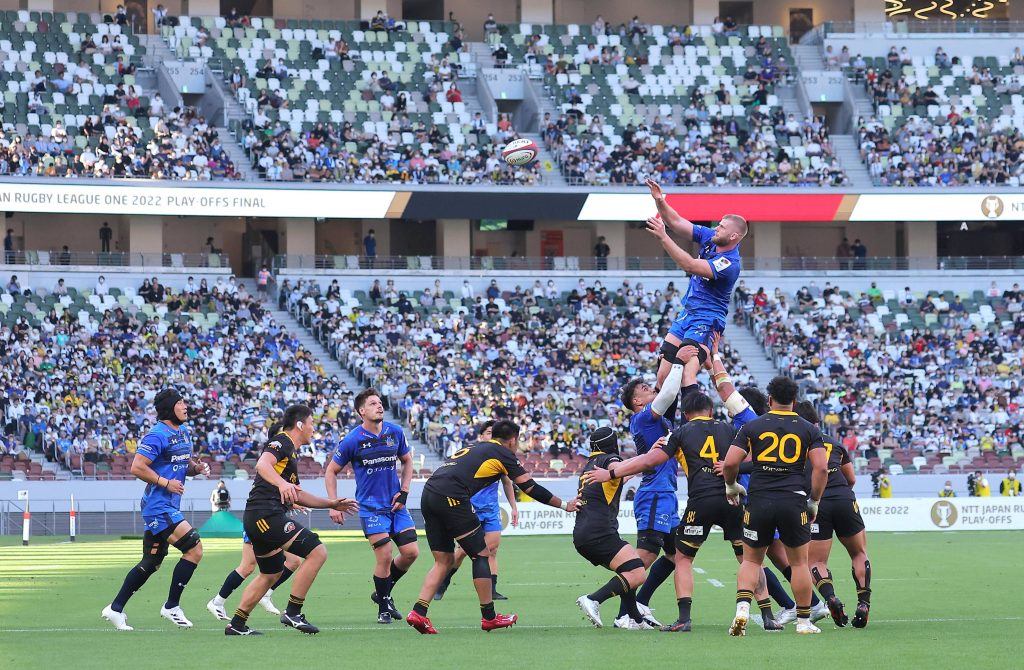
Moving Forward
So what are some steps that League One can take as it seeks to improve its business model?
“In addition to ticket revenue, it is necessary to create a revenue structure that combines support from parent companies and other partner companies,” Shoji, the League One executive, stated.
“The league would like to present a proper business model,” he added, “and work together with the teams to see how they can achieve this.”
Looking back, League One rushed to start the season at a time when the heat of the 2019 Rugby World Cup in Japan had not yet cooled. This put it in a position of starting before it was properly prepared.
Both the league and the clubs still have a lot to figure out. With repeated trial and error after its starting season, the league will take on the challenge of managing itself to achieve a step higher in the 2023 season, including increasing the number of spectators.
RELATED:
- RUGBY | Small Steps Forward For New Japanese League Seeking Deeper Local Support
- A New World Rugby Tournament: Key To Unlocking Japan’s Potential
Author: Hiroshi Yoshida

Nagoya Basho Tournament Records
| Day | Opponent | Result |
|---|

















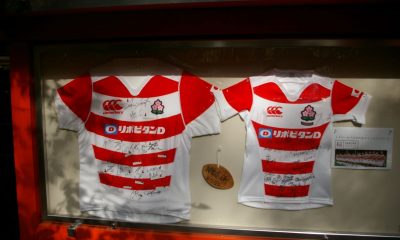

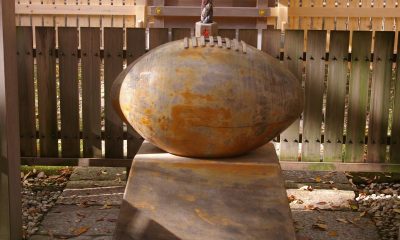



You must be logged in to post a comment Login